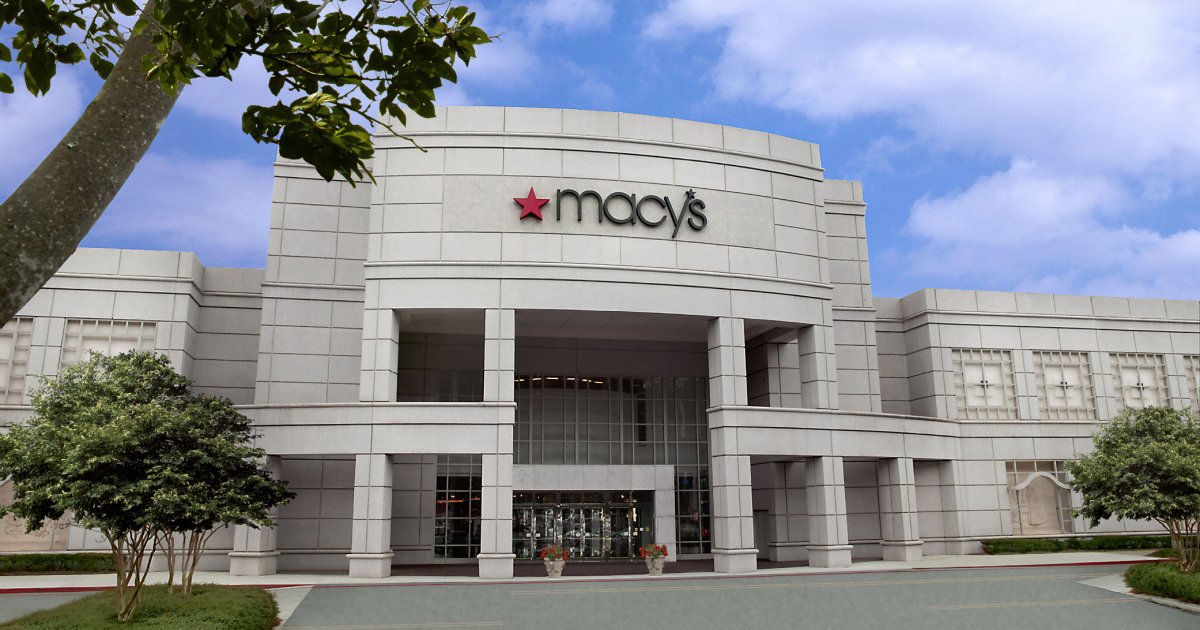Retail Reimagined

By Mark Seavy
Retailers are repositioning themselves this year using a mix of new formats and updated merchandise as they seek growth in a difficult landscape.
These changes come in the face of a new wave of retail bankruptcies and store closures. Macy’s (66 locations) and Kohl’s (27) recently announced plans to cut back, for example, and retail executives said new strategies are needed to encourage purchases as consumers continue to tighten their spending.
Moving forward, Macy’s is taking a more luxury products-based approach and is implementing a less cluttered strategy to store merchandising both at its own stores as well as at Bloomingdale’s and at beauty retailer Blue Mercury, Macy’s CEO Tony Spring said during a panel discussion at the recent National Retail Federation Show in New York. The strategy has been deployed at 50 Macy’s stores and will be added at another 75 locations this year. But, despite these changes, there are no plans to separate the three retail chains, Spring said.
“We are not getting recognition for the value of these three retail brands, and we believe there are synergies between the three brands in legal, finance, and joint brand negotiation, and there is so much opportunity to leverage the scale of the [store] portfolio,” Spring said. “We need that strength of combined value, and the key is for the customer to find something special at each chain. And our in-store experience can and should be better.”
In fact, a number of retailers are re-examining their in-store experiences.
Foot Locker, for example, has opened eight “reimagined” stores (including one in New York and another in Melbourne, Australia) as it works to implement a store strategy that will constantly evolve, CEO Mary Dillon said. The reimagined stores feature a “Home Court” display designed and developed with Nike and its Jordan brand to display basketball merchandise as well as a Clinic Digital Experience vertical jumping challenge where consumers can test footwear.
Refreshment efforts from retailers like Walmart and Burberry are expanding beyond innovative store formats, however.
Walmart is updating its brand by tweaking its wordmark, trade dress, and other specifications for the first time in 17 years. And while the changes are subtle, the move is significant for the retail giant. Walmart is also expanding the use of an 80,000-square-foot studio in San Bruno, CA to gradually bring its advertising, marketing, and promotional efforts in-house, said David Hartman, VP of Creative at Walmart. The studio has produced 60 videos since opening in March 2024.
“We are known for consumables and groceries and lower prices, but we are so much more than that,” Hartman said. “The goal is to own the content system end-to-end for all the creative work that gets developed. This is enabling us to think differently about creative work that we can own that used to sit with agencies.”
For its part, Burberry, which has 227 stores, “wandered off too far” in seeking to expand its brand and will shift focus back to its “core” outerwear and accessories, moving away from higher priced leather goods, CEO Joshua Schulman said. Burberry’s leather goods will be priced at $1,200 and under moving forward, he said.
“The changes [at Burberry] were designed to appeal to a fashion-forward customer,” Schulman said. “And although this audience can be very influential, the narrowness of our target confused a large and important cross-section of our core customers. Clearly, we can’t resolve all these factors overnight, but I am confident that they are fixable.”




